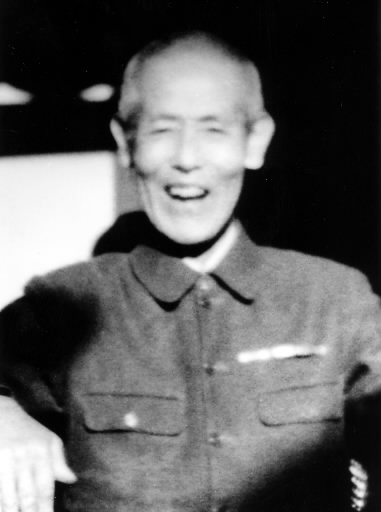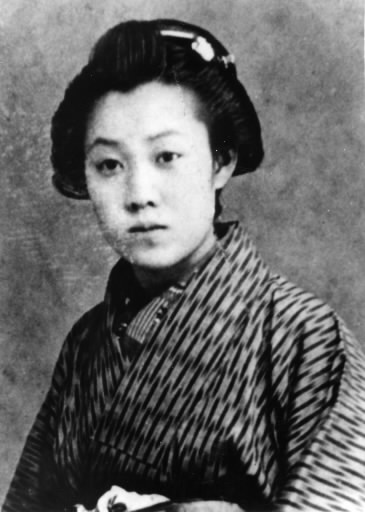Hiroshima: 70 Years After the A-bombing: Vanished neighborhoods 2
Jul. 8, 2014
Onomichi-cho
(now Ote-machi, Naka Ward)
Belongings found at site of home: Express desire for no more war
In 2000, Yokohama resident Hiroko Kume (nee Kihara), 85, donated personal belongings to the Peace Memorial Museum. The items were unearthed along with her parents’ remains at the site of the home where Ms. Kume was born and raised in Onomichi-cho. “I wanted to leave a record of the fact that we had been in Hiroshima,” she said.
Ms. Kume’s father, Yasokichi, 63, and mother Teru, 60, were killed in the atomic bombing. She donated a medal her father had received for his service in the Russo-Japanese War and a tea bowl that had belonged to her mother. At the time of the A-bombing, Ms. Kume was taking advanced courses at Hijiyama Girls’ High School.
According to old records compiled by the leaders of the Hiroshima Domain, Onomichi-cho was named after stone masons who moved there from Onomichiura (now part of the city of Onomichi). The area is now the site of NHK’s Hiroshima studios and other office buildings.
“Before the A-bombing, it was so quiet you could hear owls hooting,” Ms. Kume said. Streetcars ran on Rijo-dori Avenue, and across the street, on the grounds of Kokutaiji Temple, there was a huge camphor tree in which owls lived. The sound of the temple bell reverberated through the neighborhood in the morning and evening.
In December of 1941, the year Ms. Kume entered high school, war broke out between Japan and the U.S. As she advanced through the grades, she spent more and more time working as a mobilized student and less time in the classroom.
On the morning of August 6, 1945, Ms. Kume had just ended a shift as a ticket agent at Hiroshima Station, which had begun the day before. Hit by shards of glass, she dragged herself to her aunt’s home in Kabe-cho (now part of Asa Kita Ward), where her family had agreed to evacuate. The next day, she returned to Onomichi-cho, making the 20-kilometer walk by herself. The neighborhood was unrecognizable. “There was nothing but ashes,” she said. Ms. Kume lost her parents at the age of 16. “It was so hard for me to breathe that I couldn’t keep standing there, thinking about my father and mother.”
Ms. Kume went to Tokyo to live with her brother and his family. She married at the age of 23. She and her husband, who worked for a communications company, raised two children, and she cared for his parents at the end of their lives. She first returned to Hiroshima for a Fukuromachi Elementary School class reunion marking the year she and her classmates turned 60. Her three grandchildren accompanied her on a later visit. “I wanted to show Hiroshima to them,” she said. Ms. Kume continued to attend the class reunions nearly every year until she turned 80. “My hometown has changed, but I don’t want the belief that there must be no more war to fade.” Her parents’ belongings carry this desire, which was born of her experience of the devastation of the A-bomb while a student.
(Originally published on March 3, 2014)










